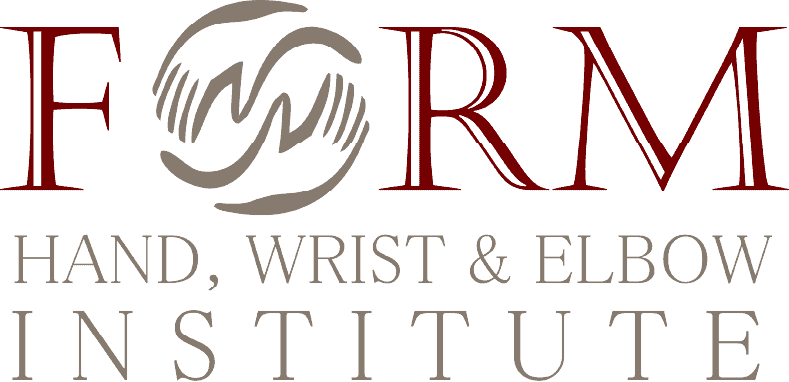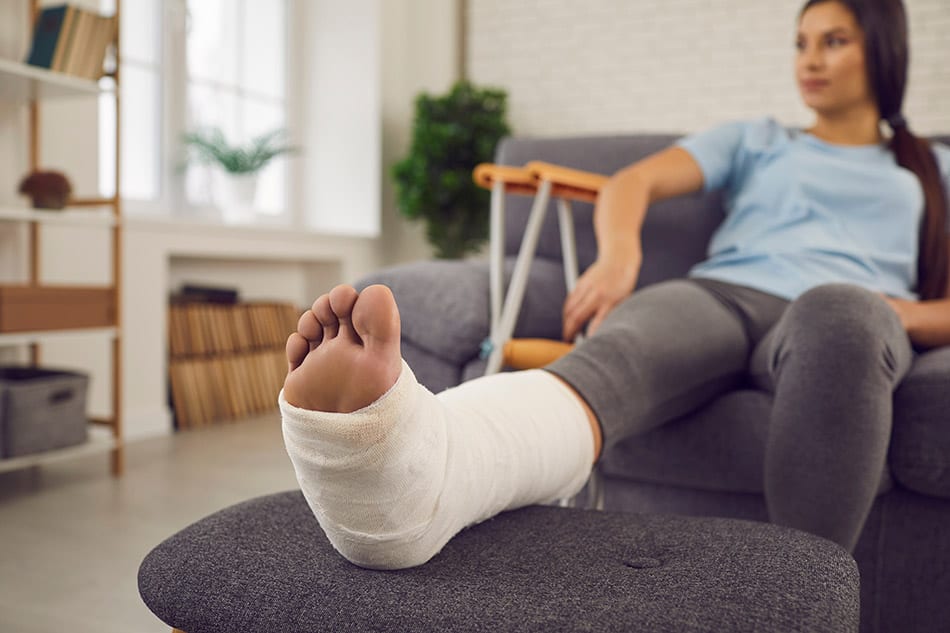Most people have experienced at least one sprain or strain during their lifetime. It is common to confuse sprains and strains as both terms are interchangeably used for tearing soft tissues in and around your joints. However, there is a difference between the two and how they should be treated. In case you fall, twist, or get hit, it can cause a sprain. It means when your ligament is torn or overstretched. The most common are ankle and wrist sprains.
Meanwhile, a strain is when your muscle or tendon is torn or stretched. Tendons are tissues that connect muscle to bone. When twisted or pulled, it can cause a strain and happen suddenly or develop over time. While playing sports, many people can get strains, and the most common are back and hamstring muscle strains.
Symptoms of Sprains and Strains
Athletic activities or exercises, lifting heavy objects, falling, slipping, accidents, etc., are some causes of sprains and strains. Both sprains and strains can have similar symptoms, as the injuries may have some similarities. Common symptoms of a sprain include –
- Pain around the affected joint
- Swelling
- Bruising
- Limited flexibility
- Restricts range of motion
Meanwhile, strain is a muscle or tendon being torn or overstretched, and the common symptoms include –
- Pain around the affected joint
- Muscle Spasms
- Swelling
- Limited flexibility
- Restricts range of motion
- Sprains and Strains Treatment
Mild sprains and strains will heal with treatment. You can provide initial treatment at home with Rest, Ice, Compression, and Elevation (RICE) therapy. This treatment is essential within the first 24 to 72 hours after injury. At FORM Hand, Wrist & Elbow Institute, we thoroughly assess medical history, family history, signs, or symptoms, along with physical exams and imaging tests, such as X-rays and MRIs. Severe injuries, where the soft tissues are completely damaged may require surgery. Depending on your case, we create a tailored treatment plan to ensure you return to your routine. Our hand therapists can fabricate a custom splint to protect the injured structure during healing and initiate appropriate exercises to prevent joint stiffness and regain hand or wrist function. If you have a question about whether your condition should be treated by one of our hand therapists, call FORM Hand, Wrist & Elbow Institute at (510) 480-3700 or schedule an online appointment today.


